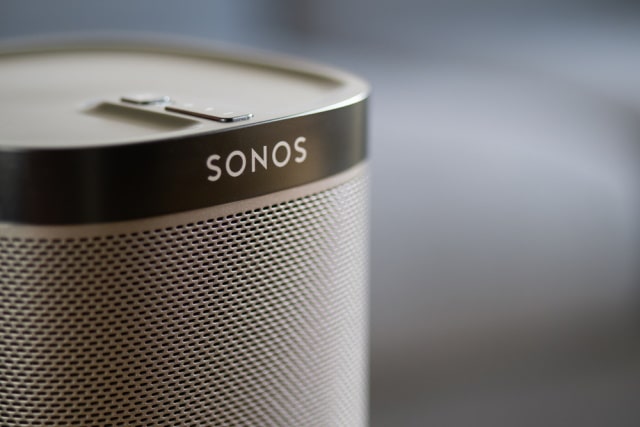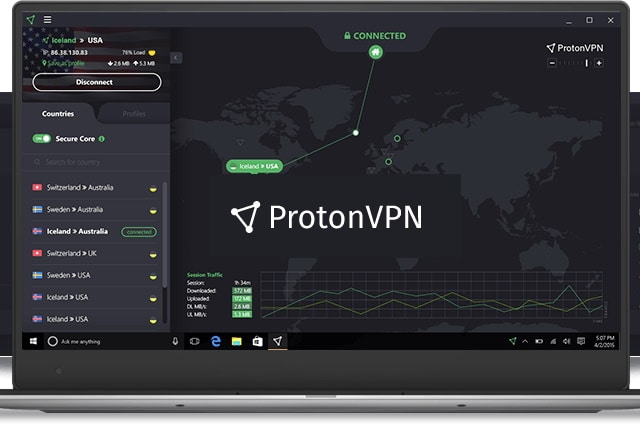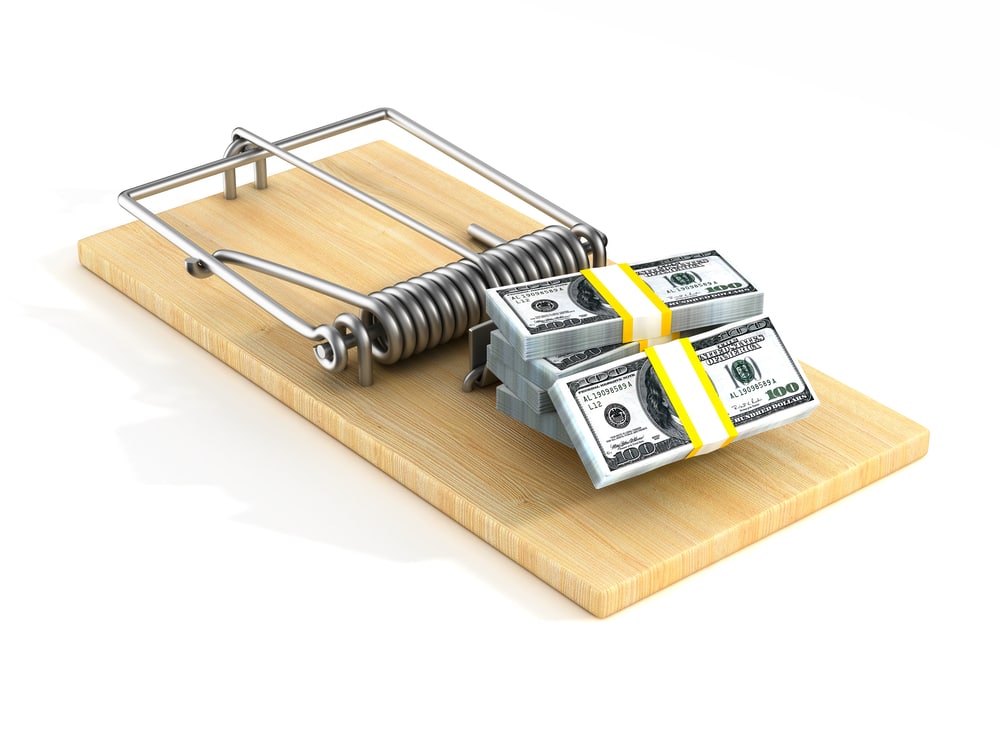
Hacker demonstrates Remote Code Execution exploit for Windows Remote Desktop Gateway
A self-described "reverser/pwner [and] Windows kernel hacker" has demoed a working exploit for two recently discovered vulnerabilities in Windows Remote Desktop Gateway (RD Gateway).
The exploit takes advantage of the CVE-2020-0609 and CVE-2020-0610 vulnerabilities which have already been shown to make a denial of service attack possible. Now Luca Marcelli has shown how the same vulnerabilities can be exploited in a Remote Code Execution attack.

Avast free antivirus sends browser history to marketers
When you install an antivirus program -- even a free one -- you have a reasonable assumption that it's going to help keep your data safe.
But a joint investigation by Motherboard and PCMag has discovered that Avast's free antivirus is harvesting user data. Although this is supposedly 'de-identified' it is being sold to marketers in a way that can be linked back to an individual.

Breakthrough technology allows voice biometrics to be used at the edge
The use of voice for authentication has been limited in IoT applications and devices because of storage and processing limitations.
But new technology from ID R&D looks set to change that, offering voice biometric optimization with an AI-based SDK of under 1MB, enabling voice biometrics to be implemented at the edge.

Microsoft confirms that most Windows 7 users won't get a critical Internet Explorer security patch
Internet Explorer may be a relic from the past, but it's still out there and used by surprising numbers of people. Not all versions of it are supported by Microsoft anymore, so when a critical bug was discovered in the Windows 7, 8.x, 10, Windows Server 2008 and 2012 versions of the browser, there were questions about who was going to be protected.
The bug was revealed just days after support ended for Windows 7, and it wasn't clear whether Microsoft would stick to its guns and leave those people still using this operating system out in the cold and unprotected. The company has now confirmed what's going to happen.

Sonos CEO apologizes for device update fiasco
Owners of Sonos devices were disappointed when they were told by the company that as of May 2020, there would be no more software updates released for older equipment. Sonos offered customers two options for "legacy products": keep using them without updates, or brick them by putting them in Recycle Mode in return for a 30 percent discount on a future purchase.
There was an understandable backlash from Sonos' userbase, and now the company's CEO has been forced to pen a letter in which he assures customers that devices will work for "as long as possible". Patrick Spence concedes that "we did not get this right from the start". He continues: "My apologies for that and I wanted to personally assure you of the path forward".

Budget constraints and cyberattacks are top concerns for SMBs
SMB network security specialist Untangle has released the results of a survey of its channel partners looking at current trends and barriers that they face when protecting clients against emerging threats.
It also examines how these companies will shape future strategic business decisions for Managed Security Providers (MSPs) and Value-Added Resellers (VARs).
Google researchers reveal flaws in Safari that could be exploited to track users
Apple's Safari web browser was found to have multiple security flaws that allowed for user's online activity to be tracked, say Google researchers.
In a yet-to-be-published paper, the researchers reveal issues in a Safari feature which is actually supposed to increase user privacy. The Intelligent Tracking Prevention (ITP) feature found in the iOS, iPadOS and macOS version of the browser is meant to block tracking, but vulnerabilities mean that third parties could have accessed sensitive information about users' browsing habits.

You can still get Windows 7 updates without paying a penny to Microsoft
It can hardly have escaped your attention that Windows 7 has now reached end of life. For companies and enterprise customers unwilling to pay for Extended Security Updates, this means there will be no more updates. The average home user who has decided to stick with Windows 7 has been completely abandoned by Microsoft, leaving them with an operating system that could be found to contain an endless number of security vulnerabilities.
But, actually, there is another option for home users, and it does not involve paying any money to Microsoft. We're talking micropatches. Specifically, we're talking about micropatches from 0patch. We've covered the work of this company in the past, including its recent fix for the Internet Explorer vulnerability.
0patch releases micropatch for Internet Explorer vulnerability -- including for Windows 7
At the end of last week, a serious vulnerability was discovered in Internet Explorer, affecting all versions of Windows. Not only is the bug (CVE-2020-0674) being actively exploited, but for Windows 7 users the vulnerability was exposed right after their operating system reached the end of its life.
Even for users of newer versions of Windows, and despite the severity of the security flaw, Microsoft said it would not be releasing a patch until February. Stepping in to plug the gap comes 0patch with a free micropatch for all versions of Windows affected by the vulnerability.

Microsoft exposed 250 million customer service and support records in massive privacy blunder
A new report reveals how Microsoft exposed nearly 250 million Customer Service and Support records online late last year.
The security research team at Comparitech discovered five servers, each of which contained the same 250 million logs of conversations with Microsoft support agents and customers. The records, which spanned 2005 to December 2019, were accessible to anyone with internet access; no password protection or encryption was used.

ProtonVPN goes open source to build trust
Proton Technologies has announced that it is open sourcing its VPN tool, ProtonVPN.
The Swiss firm says that not only is it releasing the source code for its VPN tool on all platforms, but also that it has conducted an independent security audit. Created by CERN scientists, ProtonVPN has amassed millions of users since it launched in 2017 and the decision to open source the tool gives users and security exports the opportunity to analyze the tool very closely.

Microsoft pledges to patch Internet Explorer bug that is being actively exploited
Microsoft says it is working on a fix for a serious security vulnerability in Internet Explorer. The bug affects versions 9, 10 and 11 of the browser in Windows 7, 8.x, 10, Windows Server 2008 and 2012.
The memory handling bug can be exploited by an attacker to run malicious code on a target computer, but despite its severity, Microsoft is unlikely to release the fix before next month's Patch Tuesday. News of the vulnerability comes just days after Microsoft ended support for Windows 7.

Phishing dominates the UK threat landscape
Using analysis of the last three year's worth of data breach information from the UK's Information Commissioner's Office (ICO), cyber security awareness platform CybSafe has revealed that phishing breaches have jumped significantly.
In 2019, UK organizations reported more cyber security breaches to the ICO than ever before. A total of 2,376 reports were sent to the public body last year, up from 540 in 2017, and 1,854 reports in 2018.

Fake 'compensation' scheme exploits fears of data leaks
A new online fraud scheme is designed to trick people into thinking they are owed compensation for data leaks only to scam them out of cash.
Researchers at Kaspersky uncovered the scam which tries to get users to purchase 'temporary US social security numbers' at a cost of around $9 each. Victims have been found in Russia, Algeria, Egypt and the UAE, as well as other countries.

Why consumers must adopt a 'zero trust' approach to security [Q&A]
A lot has been written about the consumerization of IT, but when it comes to personal security Josh Wyatt, VP of global services engagement at Optiv Security, believes consumers would be well served to take a page from the corporate cybersecurity playbook and adopt a 'zero trust' security strategy.
We recently spoke with Josh to find out how zero trust security can help consumers defend against cyberattacks, what types of threats we need to be aware of, and how this all relates to the business world.
